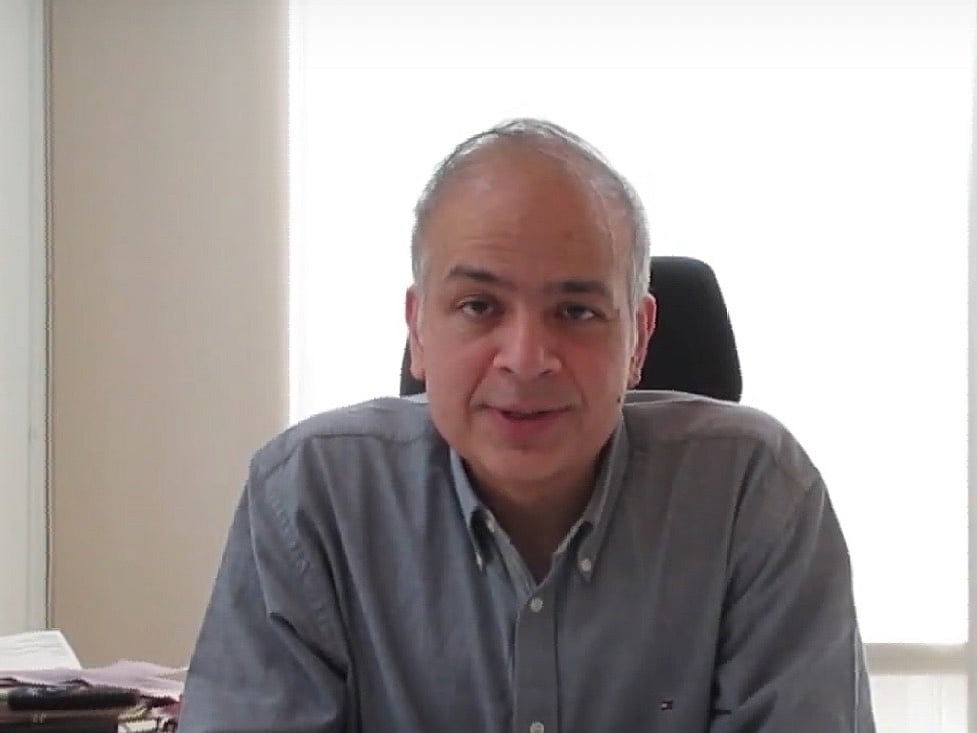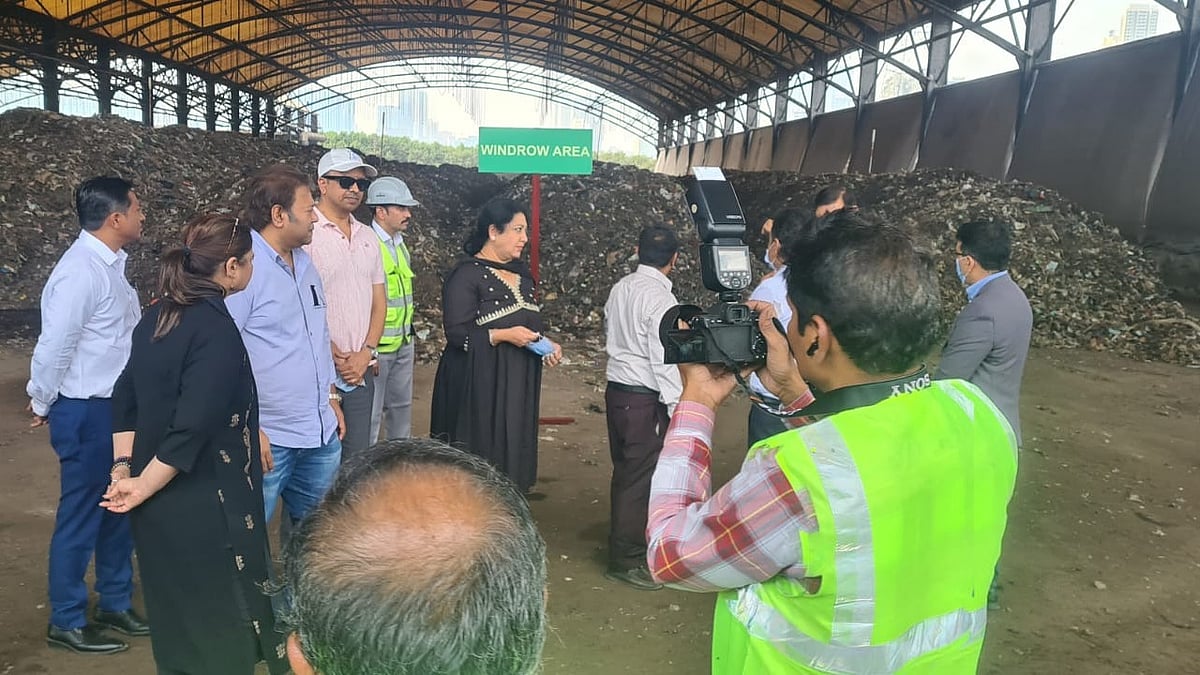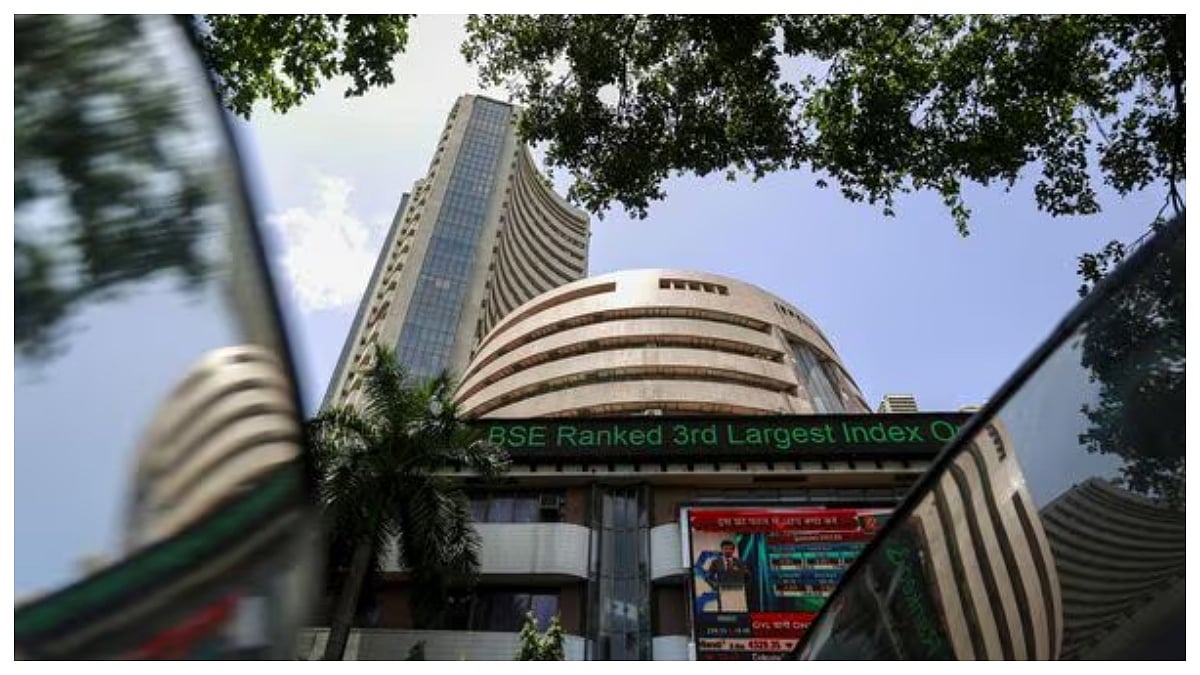2020 was a year mainly dominated and impacted by COVID-19. Despite the pandemic, Fincare Small Finance Bank’s (Fincare SFB) MD and CEO, Rajeev Yadav is optimistic that the growth will return during the coming quarters. He admitted to Free Press Journal’s Jescilia Karayamparmbil and R N Bhaskar that even though he was unsure in April 2020 how things would play out, he is now confident things will work out well.
Edited excerpts:
Tell us your journey since inception.
We were a non-banking finance company— microfinance focused, before the conversation into a small finance bank. Before the conversion, we had an experience of 8-10 years.
When the RBI introduced a differential license, we applied for it. We realised that turning into a bank will be a useful proposition for our customers.
In July 2017, we launched the bank and had a good two and a half year run. Fincare SFB is an urban and semi-urban focused, differentiated bank. It offers focused products and services to target customers. So, the bank can build scale, stability and a good portfolio for our customers and depositors.
What is the size of the deposit and customers?
As of 30th November 2020, Fincare SFB serves over 25.6 lakh customers in 19 states/territory with a workforce of 7,910 people.
The size of the deposits is around Rs 5, 200 crore. Our loan asset size is around Rs 5, 400 crore — balance sheet size is much bigger.
What makes you a differentiated bank?
From a consumer point of view, we are a complete bank. But Fincare SFB is differentiated, under the regulatory framework.
We have to lend mainly to small borrowers. About 50 per cent of the loan portfolio should be of ticket size less than Rs 25 lakh. Fincare SFB is in the business of providing loans as small as Rs 25,000. While this has been our focus area, this is a regulatory limitation as well.
Around 75 per cent of lending of small finance banks have to be for priority sector lending (PSL) customers.
We cannot have branches outside the country — regulations don’t permit this. However, there is no limitation to the number of branches and ATMs an SFB can have. Technologies are also accessible to small payments banks.
Have you considered a small deposit model of Re 1 through business correspondence?
Among the small finance banks and bigger banks, we are a large issuer or open a large number of online accounts, without any involvement of employees. We have around 3 lakh customers in that category. Through an online platform, we have around 500-1,000 accounts that are opened every day. We have been a robust bank when it comes to opening accounts online. We get Rs 150 crore worth of deposits coming from digital (tech-savvy) customers. Our online channels cater to such online deposits.
In the case of loans, we lend on a productive basis. For instance, if a farmer wishes to buy a milch animal and we lend them only half of the loan, he or she cannot buy half an animal. So, we need to provide loans based on the need. We are the smallest lender (in ticket size) in the organised lending space. We can source and manage customers at their doorstep.
We manage to offer the low-ticket size loans of Rs 25,000 as we keep our offices humble and keep other checks and balance in place.
Is Fincare SFB using AI?
Fincare SFB has access to limited data. We do not deal with billions of customers in daily business. So, we have not developed an AI system. However, machine data is used to make automated rules with help of human intelligence.
As our target customers are not present in social media, we have not used social media analysis in the lending process. So, we are not exploring that option but if that happens in future, we may enter that space.
Is growth back to pre-COVID-19 level?
The bank of our size would be growing our asset book at the range of 40-50 per cent annually. It is a small business with a huge degree of unmet demand.
Due to COVID-19, it is very difficult to grow the business. So, when we put out an annual plan this year, it was made in June (as against April or May due to COVID).
In the first half of the year, we aimed at having a flat balance sheet (but that does not mean zero business). We are doing enough disbursement. Thus, no degrowth. By the end of September, we had a flat balance sheet.
We aimed to have 50 per cent growth in the second half of the financial year. From November, we have seen a rise in our balance sheet as well. So, we are expecting annual growth of 10-20 per cent in FY 2020-2021. To expect such a growth in COVID year is fairly good.
What worked in favour of your institution?
In June, we evaluated the situation saying, ‘We are a rural-focused institution on loans and semi-urban focused bank in the case of MSME loans.
We realised that COVID-19 was more of an urban disease than a rural disease due to lifestyle. So, we realised that the disease will have minimal disruption in rural India. So, we were optimistic that natural revival would happen. Secondly, rural customers are more resilient than urban customers. Third, anything to do with the rural area was part of the essential category. So, these factors worked in our favour.
The agriculture sector grew in Q1 and Q2; while the services sector was down. Since our lending is to the rural market (dominated by agriculture and allied activities) — which had natural growth and had just minor disruption in April and May — we were confident that we would be able to attain some level of normalcy in four to five months.
Has your customer cost gone up due to COVID?
Today, we are a lot more focused on portfolio quality management. The same set of workforce, which is doing new loans, is also serving the customers to collect instalments. The new loan growth has gone down due to COVID-19. Now, the same team is deployed to service the portfolio quality.
We are making an ROI of 18 per cent this year. But in a normal year, we could have made 20-25 per cent more profit. This year is a wasted opportunity in terms of growth. But it is a year for protecting your portfolio and the bank.
I am not worried about the cost of acquisition of customers as it is the same workforce which is handling the portfolio quality management.
Today, loan disbursement is taking place at the doorstep. This has led to a drop in cost. So, rather than worrying about the rising cost of customer acquisition, we would rather look at such opportunities.
How many new customers are you adding now?
In the case of online accounts, we are adding 10,000-25,000 new accounts every month. Pre-COVID, we would add 1 lakh a month —loans and liabilities. But now, we are focusing on existing customers and servicing their needs. So, new customers are around 50,000 a month. In six months, we will add the same number of 1 lakh customers a month.
Around 80 per cent of customers are rural and 20 per cent are urban.
What new services are you looking at?
In three to six months, we will provide a platform for customers to manage their investment portfolio (through a demat account). For a small investment of our customers, you do not need human advisory, but you would need robotic advisory. It removes employees from the equation and it becomes cost-effective.
What is the progress in the IPO front?
As a bank, we have to be listed before September 2021, as per the current regulations. If it were not for COVID-19, we would have attempted to list in 2020. With COVID-19 disturbing the market in 2020, we did not go ahead in 2020. However, we will try to meet our regulatory requirements soon.
Are you well capitalised or need more capital?
Today, we are well capitalised. Our capital adequacy ratio is around 26-27 per cent. There is no urgent need to raise capital. In the case there is a need, we will use private placement or opt for a rights issue.
What is Fincare SFB’s position in the case of NPAs?
We have normalised 95 per cent of our bank's collection compared to most of the other banks. Due to the moratorium, it will be difficult to calculate NPAs. However, on a normal day, NPA will be around 1 per cent. But this number will go up a little bit for any bank this COVID year.
We as a bank have provisioned at least 3 per cent of our portfolio as a potential COVID-19 risk. This early provisioning is to protect us from any future risk.









